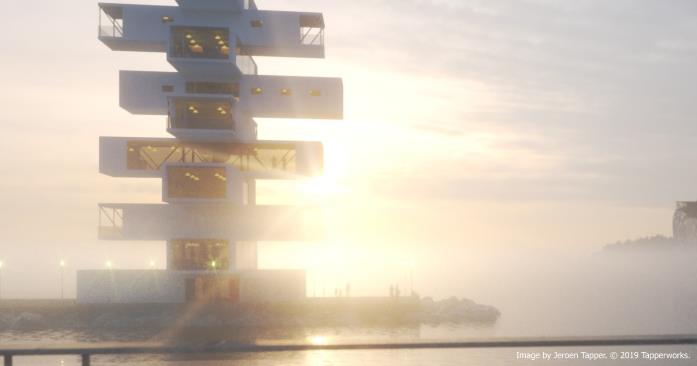Open topic with navigation
Rendering Performance and Quality

A render is not finished when the ‘kernel → maxsamples’ are reached. It is finished when the Viewport image quality is free of noise and all details have been rendered to a fine level. For some simple scenes, this will be after 500 samples. For some complex scenes it may take 10,000 samples.
Tips to increase render speed (by increasing sample/sec or reducing the samples required to finish the render):
- Use the ‘Direct Lighting’ kernel. This may provides a lower quality output but is much faster than ‘Path Tracing ’ ad ‘PMC’. Only use this option if the reduction in render quality is acceptable.
- Minimise the use of SSS (‘diffuse → scatter’)
- Set ‘imager → hotpixel_removal’ to 0. This eliminates most ‘fireflies’
- Increase ‘kernel → caustic_blur’ (to whatever level needed – even ‘1’). This smooths out the noise in the render
- Use a higher-powered graphics card, or add additional graphics cards to your system
- If the light illuminating the scene has come through a specular (glass) material, using ‘PMC’ rather than ‘Path Tracing’. In this situation you can also reduce ‘kernel → direct_light_importance’ to give the light that has passed through the glass more priority. Also, you can let more direct light through the glass by reducing the glass material’s opacity (from 1 to say 0.2).
- If illuminating the scene by emitters, make sure those emitters have as few polygons as possible, and are as large as possible. If using emitters, it is highly recommended that you an IES file in the ‘distribution’ pin to direct the light as required.
IMPORTANT: Remember to adjust ‘kernel → ray epsilon’ for each scene. The ‘ray epsilon’ will be smallest for close-up renders and increase as the camera moves further away from the subject.
Open topic with navigation

